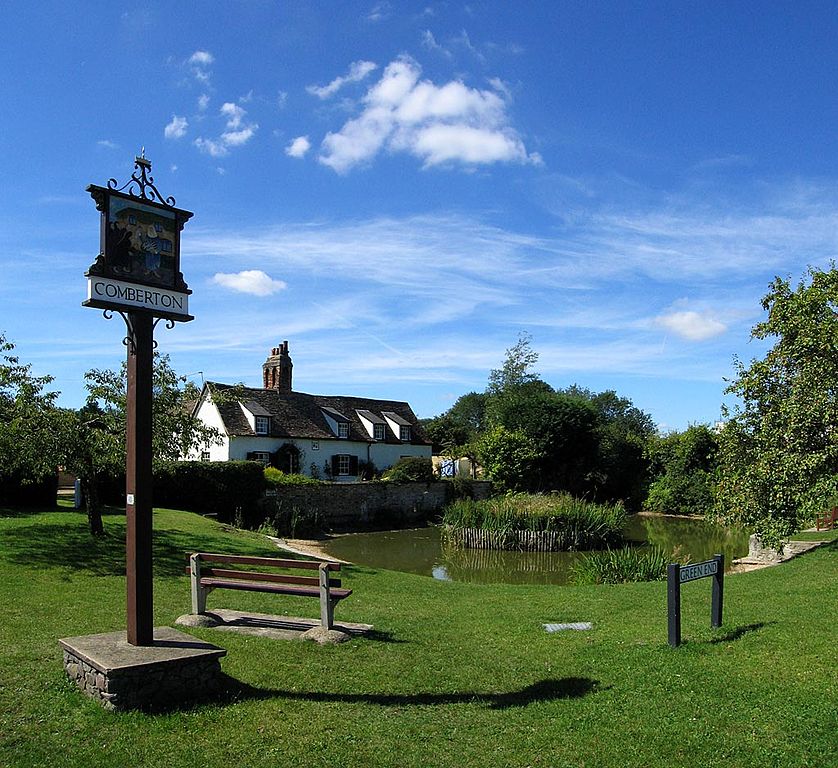May 2014
The Village Green
May 2014 Filed in: Reading the Landscape

Comberton Village Green, Cambridgeshire © Copyright 2005 Andrew Dunn | CC BY-SA
At this time of year, thoughts turn at last to promises of sunshine and long afternoons; with Cape Daisies in warm courtyards and comfrey by the stream, May is the month when the village comes to life. It’s a time of fetes, fairs, Morris sides and May Day – all the timeless summer traditions played out on ancient village greens up and down the country.
Despite their familiarity, the roots of our traditional village greens are more often than not a mystery – the exact original purpose of each green is likely to vary from one village to the next, though they all share one defining property. Village greens have a common heritage in that, historically, legally and tautologically, they are all commons.
Despite their status, they have not remained inviolate over the years. Their biggest threat, as with all common land, came during the Parliamentary Enclosures of the 18th and 19th centuries, but many village greens have suffered from piecemeal reductions over the years. Wherever you spot cottages with front gardens facing a village green you can lay even money that the Osteospermum and Hollyhocks grow on appropriated green once patrolled and routinely fertilised by grazing geese. In the modern era, encroachment has come from widened roads, bus stops and electricity substations, among other threats, but one particular green – at Hurworth-on-Tees, near Darlington – harbours a secret which makes a large, humming, three-phase electrocution hazard look benign by comparison. Hidden beneath Hurworth’s undulating and pretty village green lie the bodies of 1500 plague victims, buried in mass graves in 1665. The green’s undulations mark where the soil has subsided as the lime has completed its work.
Hurworth is a ghoulish exception, however, because in most villages the situation was reversed and people would congregate for their medieval jollies in the churchyard – which we’ll return to in a future Reading the Landscape – while Morris men would gather in fields. Conversely, the maypole, as a barely-Christianised pagan tradition, seems to have been a fixture on the village green for hundreds of years.
Your local, bucolic village green – that idyll of chocolate-box loveliness – is as old as May Day; it may even be older than the village it’s in, and started as a patch of outlying common pasture that lured villagers from an older settlement to form the focus of a new medieval village. This spread from a home village is reflected in Britain’s adjectival village names – Great and Little, Upper and Lower, Over and Nether. In the Midlands and East Anglia, related place names often include, as in Great Staughton, Little Staughton and Staughton Green in Cambridgeshire, a reminder of what lies at the heart of village life.
Comments
